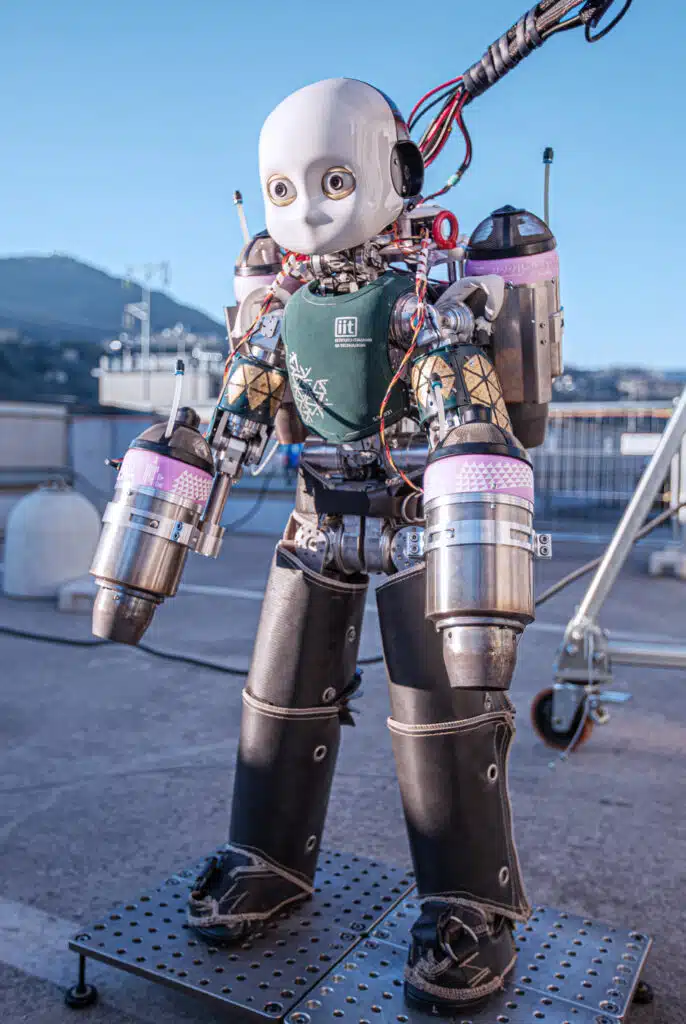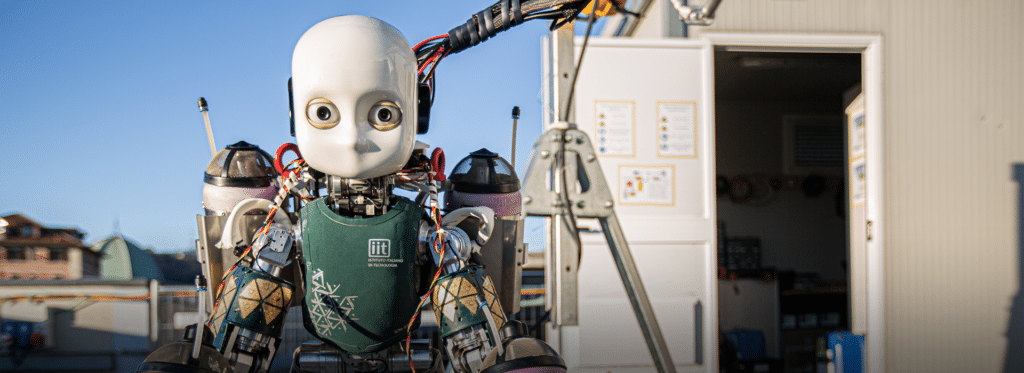World’s first jet-powered humanoid robot could revolutionize disaster relief
- Researchers in Italy are working on a jet-powered humanoid robot
- It’s thought the robot could be very helpful in providing disaster relief
- You can see it in action in the clip below
Published on Aug 22, 2024 at 9:08 AM (UTC+4)
by Claire Reid
Last updated on Aug 22, 2024 at 7:04 PM (UTC+4)
Edited by
Tom Wood
Researchers in Italy are working on a jet-powered aerial humanoid robot that could be uniquely able to help with disaster relief.
Roboticists at the Italian Institute of Technology (IIT) have said that most humanoid robot developers have focused on walking and being able to carry out and perform tasks such as opening doors and moving objects.
However, they believe that for certain tasks it could be hugely advantageous for the humanoid bots to have aerial locomotion skills.
DISCOVER SBX CARS: The global premium car auction platform powered by Supercar Blondie
The team behind the bot think it could provide disaster relief

Developments in humanoid robots have come a long way in recent years, with Tesla recently revealing footage of its Optimus bots carrying out ‘useful tasks’ at work.
Meanwhile, the Unitree’s G1 has ‘unlimited movement ability’ with 360-degree joints and the ability to collapse itself.
So far, we’ve not seen a robot that is jet-powered, and – really – isn’t that what we all want?
But all that is set to change with IIT’s bot named iRonCub.
“We believe that for certain applications as, for example, disaster response, these robots could benefit from having also aerial locomotion skills, which is still an unexplored research direction for humanoids,” the team behind iRonCub says.
There are two prototypes for the bot: v2.5 and v3.0.
Currently, experiments are carried out on the latter.
The humanoid robot is powered by four jet engines

The cute-looking robot is fitted with four jet engines, two mounted on the arms and the other two on a jetpack that is attached to the robot’s back.
The robot had to undergo significant modifications to its hardware to accommodate the external engines, and has been fitted with a titanium ‘spine’ and heat-resistant covers to cope with the extreme temperatures from the engines.
The engines weigh about 70kg and can provide a maximum thrust force of more than 1000N, while its exhaust temperature can hit more than 600C.
So, you can see why it needed those heat-resistant covers.
The bot has been in development for a couple of years, but IIT has recently shared new footage showing iRonCub3 getting ready for takeoff, which you can see in the clip above.
The team say it is constantly improving iRonCub based on data gathered during experiments.
We can’t wait to see what’s next for the little guy.
Claire Reid is a journalist who hails from the UK but is now living in New Zealand. She began her career after graduating with a degree in Journalism from Liverpool John Moore’s University and has more than a decade of experience, writing for both local newspapers and national news sites. Claire covers a wide variety of topics, with a special focus on cars, technology, planes, cryptocurrency, and luxury.




